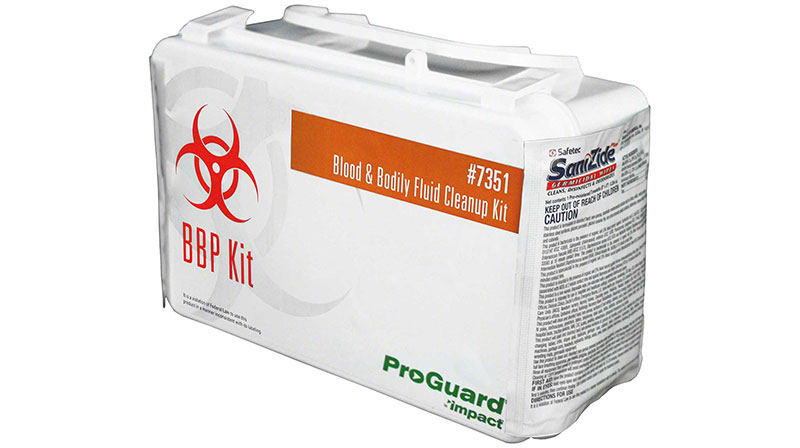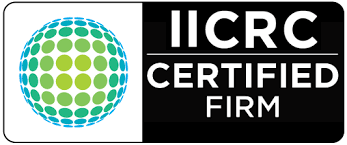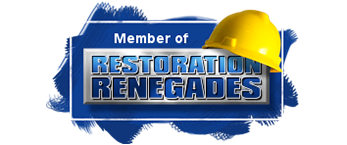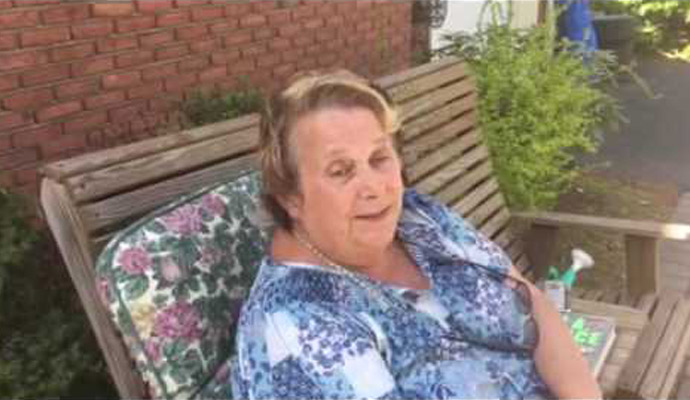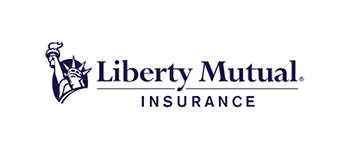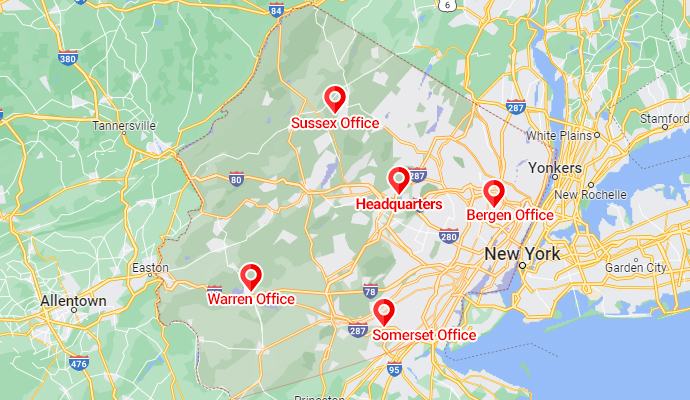Handling bloodborne pathogen cleanup is one of the most critical aspects of biohazard cleanup, especially in settings involving accidents, violent events, or unattended deaths. Whether it’s trauma cleanup, blood cleanup, crime scene cleanup, or suicide cleanup, the risk of exposure to infectious diseases like HIV, hepatitis B, and hepatitis C is high without strict safety protocols.
Understanding Bloodborne Pathogens
Bloodborne pathogens are infectious microorganisms found in human blood and other potentially infectious materials (OPIM). These can enter the body through mucous membranes or broken skin, especially during blood cleanup after trauma or violent incidents.
Occupations in healthcare, emergency response, and crime scene remediation are at increased risk, especially when involved in suicide cleanup or unattended death scenarios. For detailed health guidelines, see the CDC’s Bloodborne Infectious Diseases resource.
OSHA Regulations for Cleanup
The Occupational Safety and Health Administration (OSHA) enforces the Bloodborne Pathogens Standard (29 CFR 1910.1030), which mandates:
-
A written Exposure Control Plan
-
Use of proper Personal Protective Equipment (PPE)
-
Employee training in trauma cleanup, biohazard cleanup, and decontamination procedures
These regulations are essential not only for legal compliance but for protecting anyone who may be exposed during crime scene cleanup or blood cleanup efforts.
Safe Cleanup Protocols
1. Preparation and PPE Usage
Before entering a site requiring suicide cleanup or biohazard cleanup, workers must wear gloves, masks, gowns, and eye protection. These items prevent direct contact with potentially infectious materials.
2. Containment and Cleaning
Secure the scene to prevent exposure. Use EPA-registered disinfectants designed for bloodborne pathogens. All contaminated items—such as gloves, rags, or porous materials from trauma cleanup—should be disposed of in labeled biohazard containers. More guidance is available on the EPA’s List of Registered Disinfectants.
3. Post-Exposure Protocol
If exposure occurs, the individual should wash the affected area immediately, seek medical evaluation, and file an incident report for both medical follow-up and legal compliance.
Why Hire Professionals for Biohazard Cleanup
Certified professionals are trained to handle crime scene cleanup, blood cleanup, and suicide cleanup with precision. They follow OSHA protocols and use commercial-grade disinfectants to eliminate health risks effectively. Their expertise in trauma cleanup ensures a safe environment while also limiting potential liability for property owners or employers.
For best practices and certifications, refer to the IICRC S540 Standard for Trauma and Crime Scene Cleanup.
Conclusion
Bloodborne pathogen cleanup should never be attempted without proper training and PPE. Whether the job involves trauma cleanup, suicide cleanup, or biohazard cleanup after a violent incident, professional services are essential. Adhering to OSHA standards, using EPA-approved products, and following safety protocols are key to protecting health and restoring safety.

